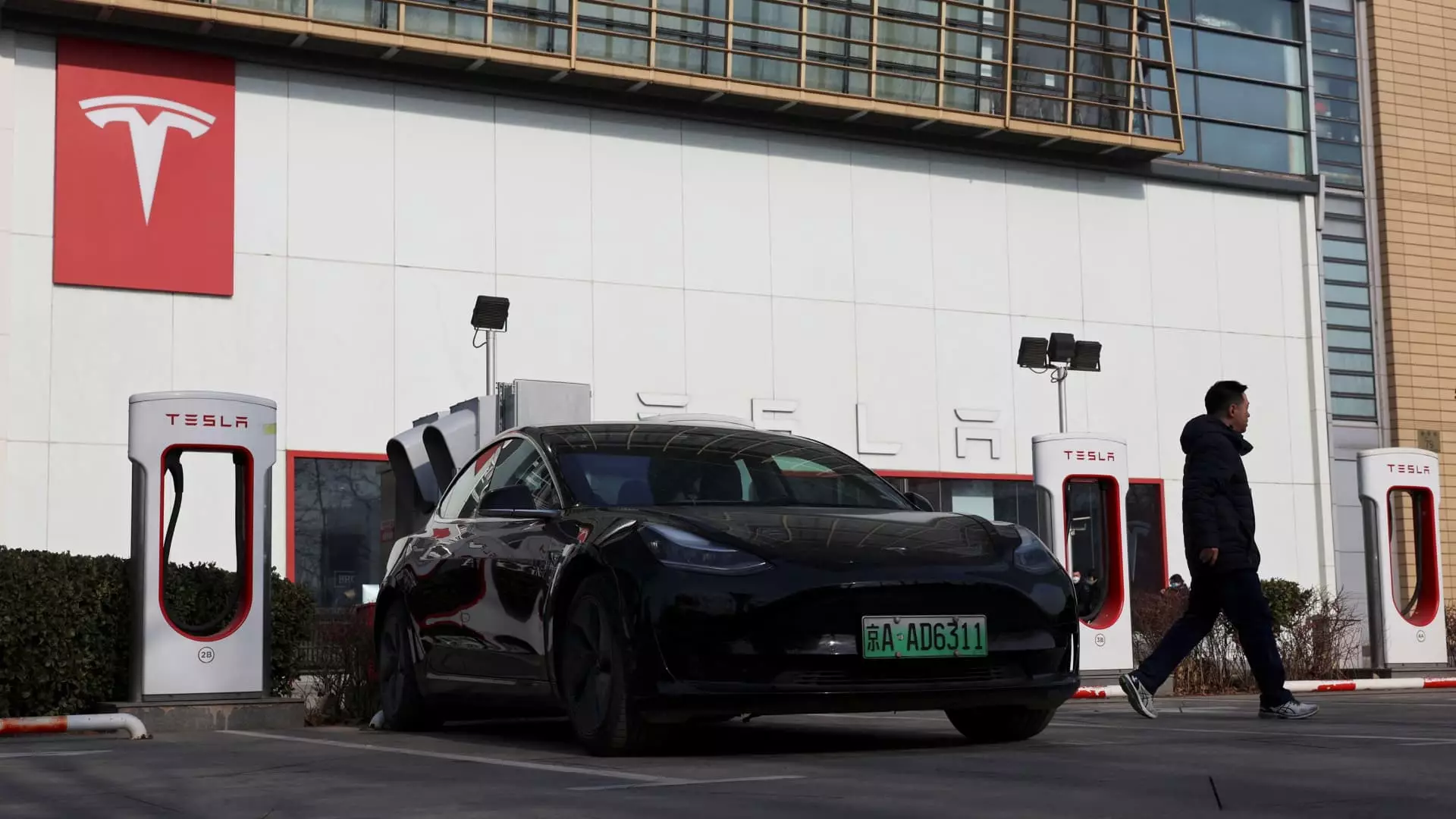The landscape of the automotive industry in China, particularly with regard to electric vehicles (EVs), is undergoing profound transformations. With the exit of many established foreign automakers, local players such as BYD and Geely are solidifying their positions as market leaders. As we look ahead to 2025, it is essential to analyze the factors contributing to the dominance of these companies and their implications for both domestic and international competitors.
As of late 2024, BYD has emerged as a key player in the Chinese automotive market, commanding approximately 16% of total market share, a notable increase from 12% the previous year. This trend reflects a broader shift in consumer preferences toward new energy vehicles (NEVs), with BYD being at the forefront of this movement. According to Nomura’s 2025 global auto outlook, BYD is expected to further entrench its market leadership, overshadowing foreign counterparts like Tesla, which has started to lose traction in China. The shift is palpable; BYD achieved a significant milestone by surpassing Tesla in quarterly revenue for the first time, showcasing its capacity to meet domestic demand effectively.
While BYD’s strength lies in its ability to offer both electric and hybrid models, Tesla continues to dominate the high-end market segment. Tesla’s sales decline in China, dropping by 4.3% in November compared to the previous year, stands in stark contrast to BYD’s impressive 67% growth during the same period. This divergence illustrates the shifting dynamics within the market; as consumer preferences shift towards affordability and local production, BYD has successfully positioned itself as the go-to brand for many Chinese buyers.
Geely’s Strategic Growth and Partnerships
Geely, another domestic powerhouse, holds the second-largest market share at around 8%. The company has made strategic moves that are likely to enhance its competitiveness in the rapidly evolving landscape. With expectations of reaching a sales target of 2.6 million units in 2025, driven by an anticipated 40% EV penetration, Geely is well-positioned to capitalize on the rising demand for electric cars. Analysts predict a significant increase in sales from last year’s figures, primarily supported by robust new model launches.
Geely’s portfolio is diversified; apart from its domestic brands, it also owns Zeekr, a U.S.-listed electric car company, and has access to European markets through its acquisition of the Swedish brand Volvo. This diversity provides Geely with a competitive edge as it navigates both domestic and international challenges. However, competition remains fierce, especially with the emergence of innovative startups in the EV sector.
The transition to EVs has not been smooth for foreign automakers. Companies such as General Motors are grappling with the realities of a changing market, having recently announced significant restructuring efforts that include plant closures and other cutbacks. With joint ventures like SAIC GM Wuling capturing only 3% market share of the broader automotive segment and a mere 6% of the NEV segment, it’s evident that foreign brands are finding it increasingly difficult to compete against local giants.
This structural shift raises important questions about the future of foreign automakers in China. The once-promising partnerships and market access are diminishing as local brands enhance their competitive advantages through innovation and localized production strategies.
While established players like BYD and Geely dominate, numerous startups are also vying for consumer attention in the EV sector. Companies like Nio and Leapmotor have garnered interest from analysts, with Leapmotor standing out for its efficient spending on R&D. In a competitive landscape where financial discipline is key, the ability to maximize innovation while minimizing expenditure will be vital for survival.
Recent performance data indicates that these startups may yet play a significant role in reshaping the market dynamics. For instance, analysts anticipate that Nio could achieve breakeven by 2026 through judicious management of research and development spending, coupled with an increase in production capacity. Rapidly expanding their model offerings, including new SUV launches, could propel these companies into the spotlight, challenging even the most entrenched competitors.
As the automotive market in China transitions fully into an era dominated by electric and hybrid vehicles, the implications for both domestic and foreign players are profound. With local companies like BYD and Geely consolidating their positions through strategic planning and robust sales growth, foreign automakers face significant challenges in maintaining relevance. As innovation thrives and consumer preferences evolve, the competition will only intensify. The next few years are poised to be a defining moment for the global automotive landscape, and only the most adaptive players are likely to thrive in this dynamic environment.

